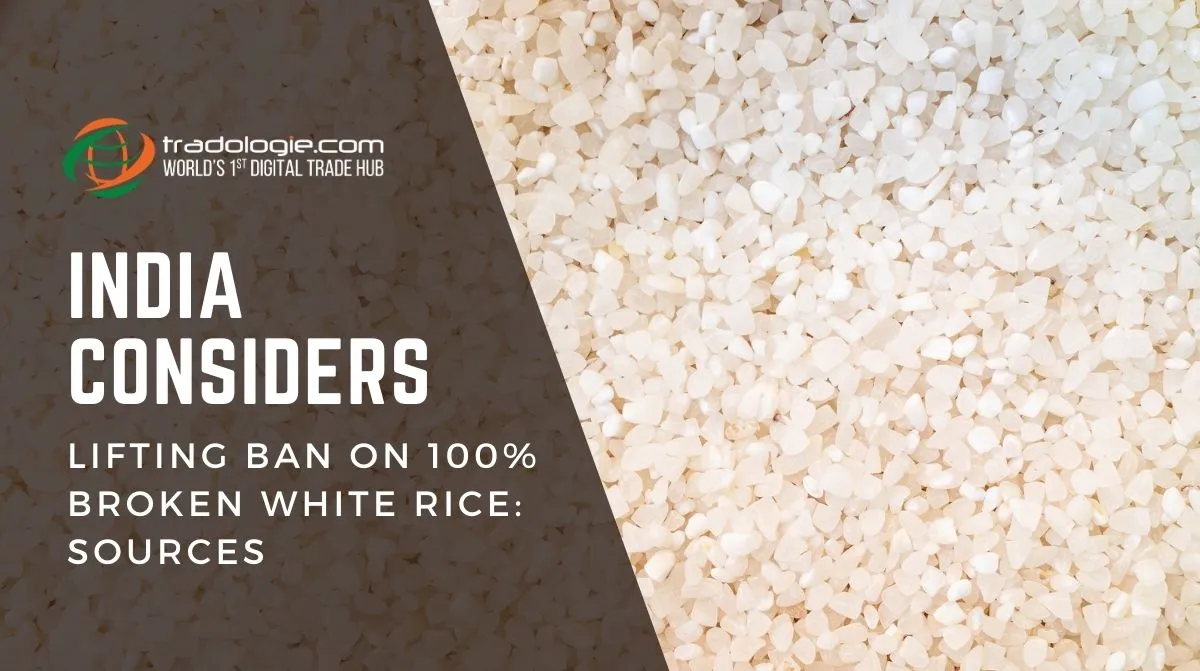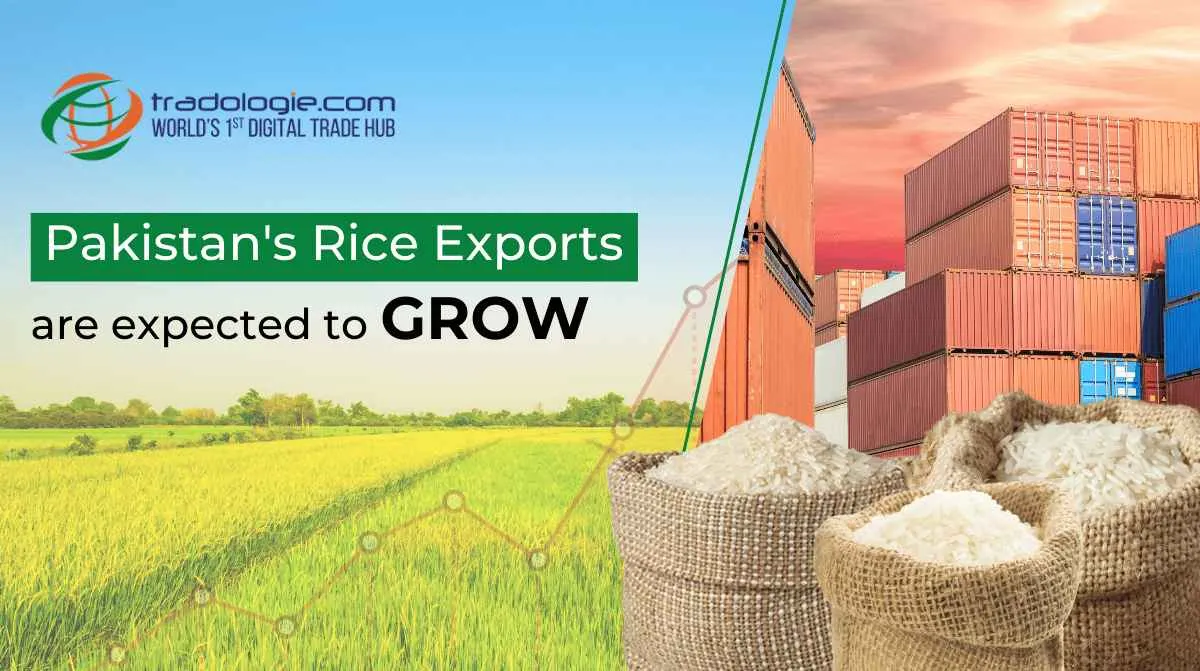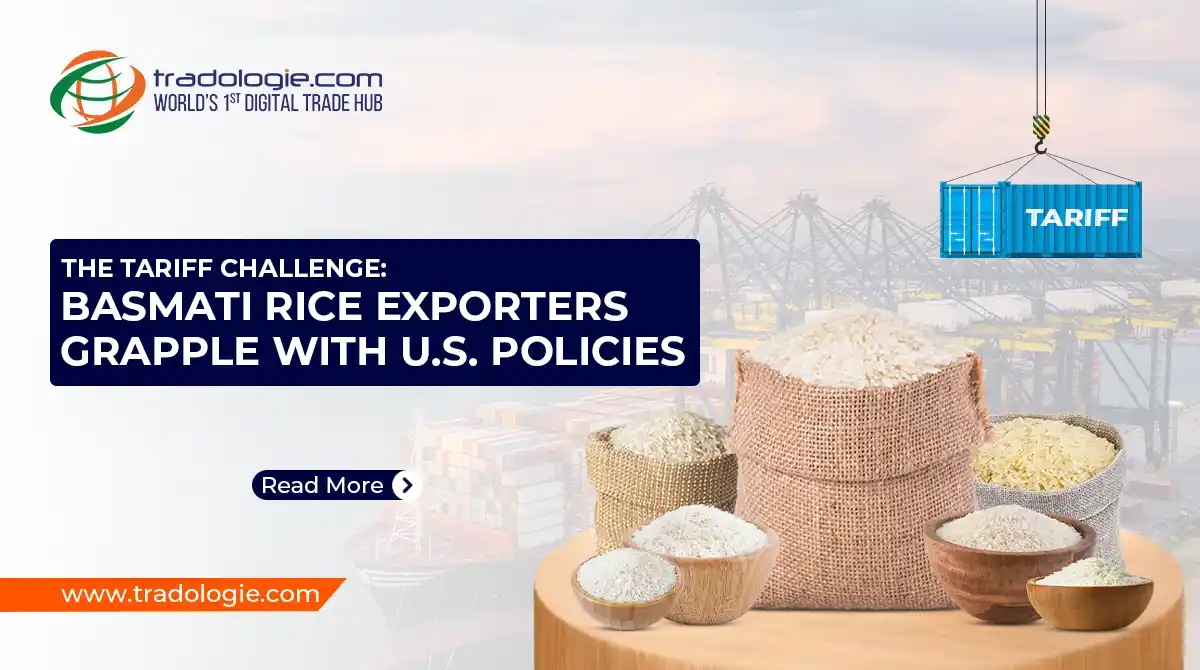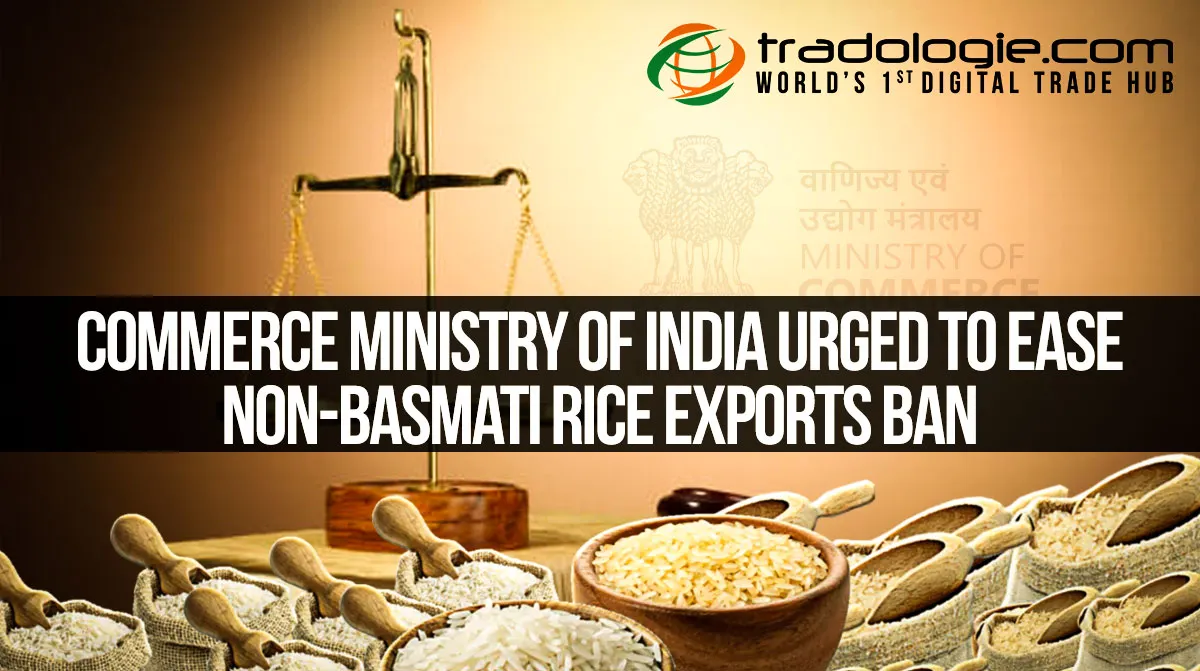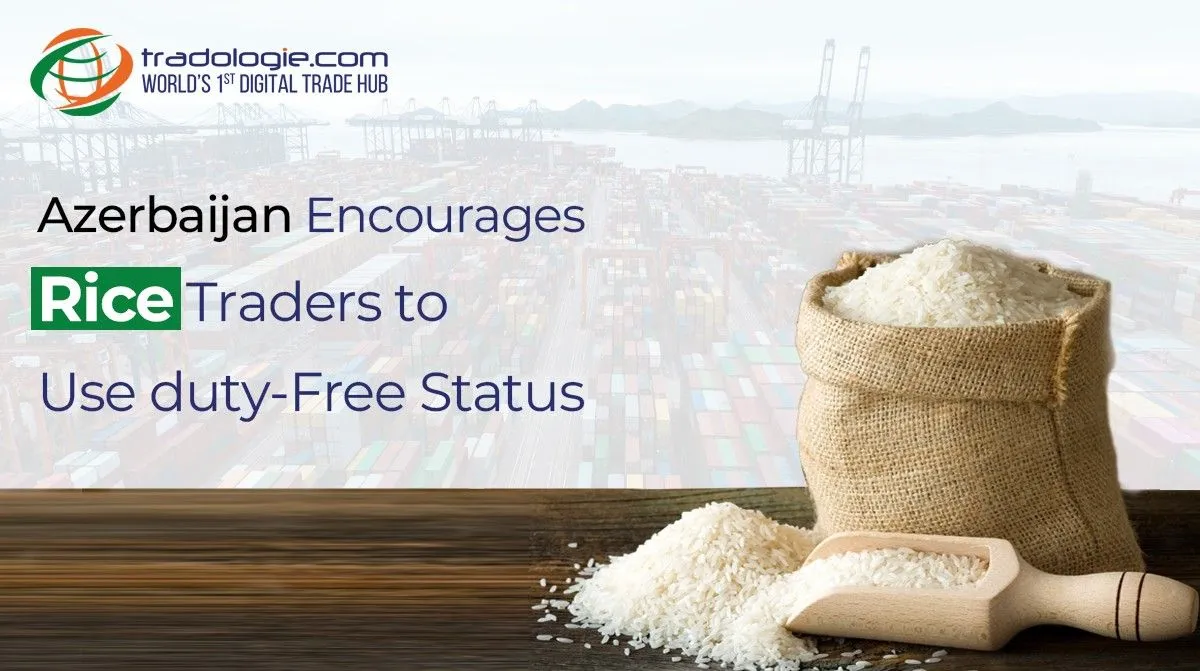According to industry sources, the Indian government is considering lifting the ban on exports of 100% broken white rice, which would likely increase India's white rice shipments.
India's Broken Rice Export Policy
In late September, India lifted its ban on non-basmati white rice exports and set a minimum export price of $490/mt. Later, on October 23, the nation scrapped the $490/mt Minimum Export Price (MEP). However, 100% broken white rice exports were still prohibited.
India changed its broken rice export policy from "Free" to "Prohibited" on September 9, 2022, to ensure sufficient supply of broken rice. This effectively prohibited the export of broken rice from India.
According to sources, many importing nations' humanitarian food needs will be met by lifting the prohibition on 100% broken white rice.
They have formally asked the Indian government to remove the restriction on 100% broken white rice, according to a source who is involved in talks with the government. This proposal is reportedly being considered by the Indian government. According to the source, the prohibition ought to be lifted since molasses can be used to produce ethanol, negating the need for it. Along with highlighting the high demand for this rice variety in West African nations, they emphasized how unfair it is to keep the ban in place for humanitarian grounds.
India produces 15 million metric tons of broken white rice, and 1.6 million metric tons of export potential could be unlocked if the ban is lifted. Furthermore, the source claimed that because some exporters are mislabeling broken rice under different HS codes in order to get around the restriction, the ongoing ban promotes corruption.
Impacts of India's Rice Policy
The Food Corporation of India only has milled rice and paddy in stock, they added, so the government and ethanol industry purchase brokens from millers to produce ethanol. Open exports would put additional strain on the finite supply of brokens, driving up their prices. The government may eventually have to restrict broken exports due to the ethanol industry's increasing demand, which would cause another market disruption even if they decide to open them.
It is anticipated that any decision to remove India's export prohibition on 100% broken white rice will increase rice exports and put pressure on prices for the same variety from Pakistan, Vietnam, and Myanmar.
Thai A1 Super 100% broken white rice's potential for export is limited because it is mostly used domestically to make food and beverages. As a result, Thailand's domestic demand makes sure that exports are unaffected.
According to data, India is expected to export 20.5 million metric tons of rice during the October-September marketing year 2024-2025, an increase of 38.5% from the previous year.
REFERENCE- spglobal.com

